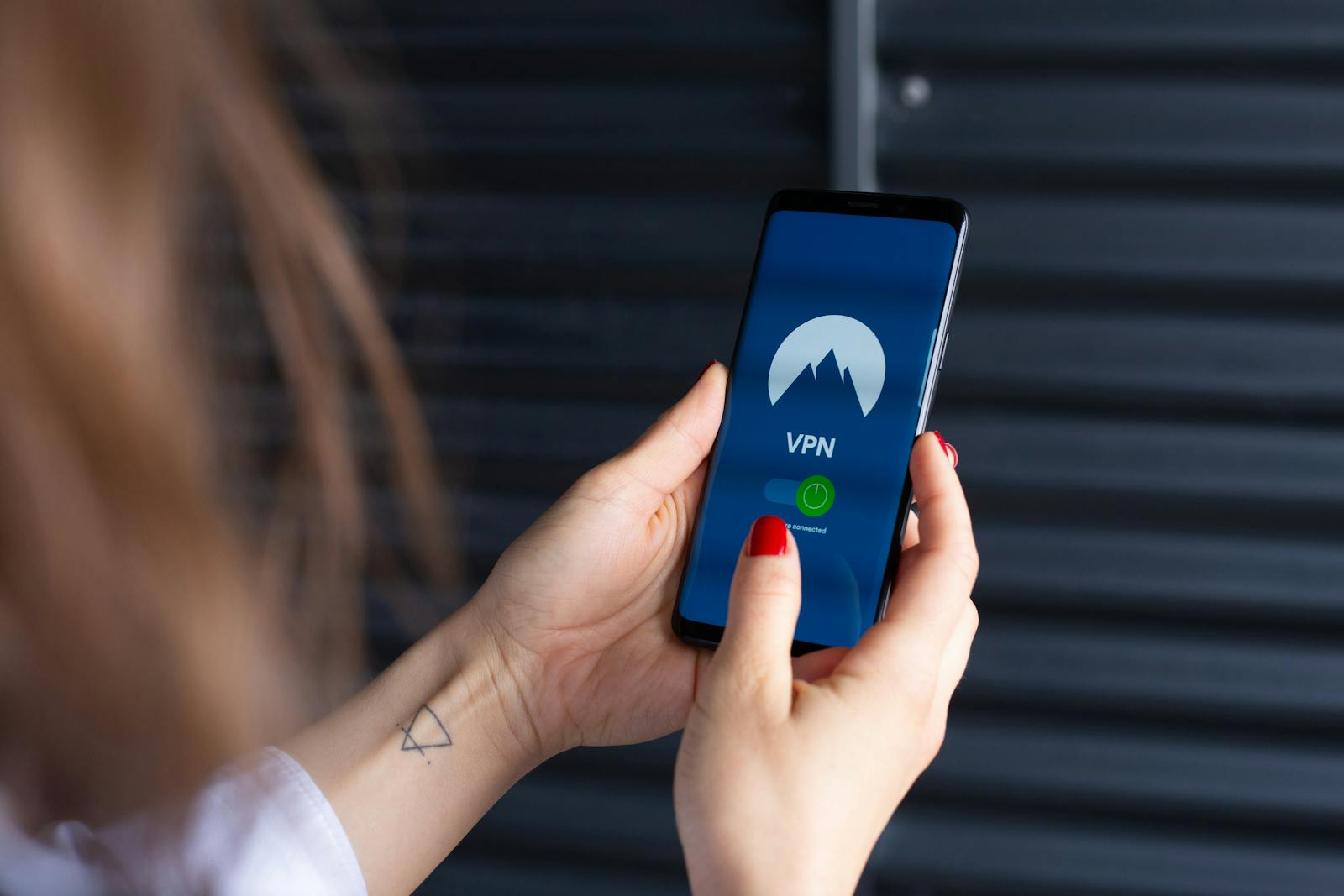The concept of personal privacy has evolved dramatically since its initial legal recognition in American jurisprudence during the late 19th century. What was once simply defined as the right to be let alone has transformed into a complex web of digital rights and protections in our smartphone-dominated world.
Historical Context
The evolution of mobile communication privacy concerns stems from landmark legal decisions of the 1960s, when the Supreme Court first established that electronic communications deserve constitutional protection. This principle of reasonable expectation of privacy in personal communications remains fundamental to understanding modern smartphone privacy rights.
Fundamental Privacy Challenges
Modern smartphones present unprecedented privacy challenges that early privacy advocates could never have anticipated. These pocket-sized computers have become repositories of our most intimate personal information, tracking and storing data about virtually every aspect of our lives, including:
- Location tracking
- Data collection by applications
- Network surveillance
- Biometric information storage
- Digital communication records
Essential Privacy Settings
Building upon the Fair Information Practice Principles (FIPPs) of 1973, modern smartphone privacy protection requires careful attention to several key settings:
Location Services
The 2018 Carpenter v. United States decision established constitutional protection for cell phone location data. Users should:
- Restrict location access to “while using” for essential apps only
- Disable precise location when approximate location suffices
- Regularly review which apps have location permissions
App Permissions
Following the principle of data minimization outlined in the General Data Protection Regulation (GDPR), users should:
- Review and restrict app permissions regularly
- Deny unnecessary access to contacts, photos, and microphone
- Enable “Ask Every Time” for sensitive permissions
Network Security
Contemporary privacy protection requires robust network security measures, including:
- Enabling automatic system updates
- Using VPN services on public networks
- Disabling automatic Wi-Fi connections
Recommended Privacy-Enhancing Applications
Modern privacy protection requires supplementary tools, much as traditional privacy required physical barriers and legal protections. Essential applications include:
- Signal – For encrypted communications
- DuckDuckGo Privacy Browser – For private web browsing
- ProtonVPN – For secure network connections
- Bitwarden – For secure password management
Legal Framework and Future Considerations
The California Consumer Privacy Act (CCPA) of 2018 and the European GDPR have established new frameworks for digital privacy rights. These regulations emphasize:
- The right to know what data is collected
- The right to delete personal information
- The right to opt-out of data collection
The comprehensive nature of smartphone tracking capabilities raises significant privacy concerns, as these devices can generate detailed records of an individual’s movements, associations, and activities.
Summary
The protection of smartphone privacy represents a modern extension of traditional privacy rights. Through careful attention to device settings, thoughtful app selection, and awareness of legal protections, users can maintain a reasonable degree of privacy in the digital age. The right to privacy now requires active management of our digital presence through both technical and legal means.
The challenge moving forward will be to balance the convenience of smartphone technology with fundamental privacy rights, as we continue to navigate the evolving landscape of digital privacy protection. Success in this endeavor requires understanding both the historical context of privacy rights and the modern technical tools available for their protection.

